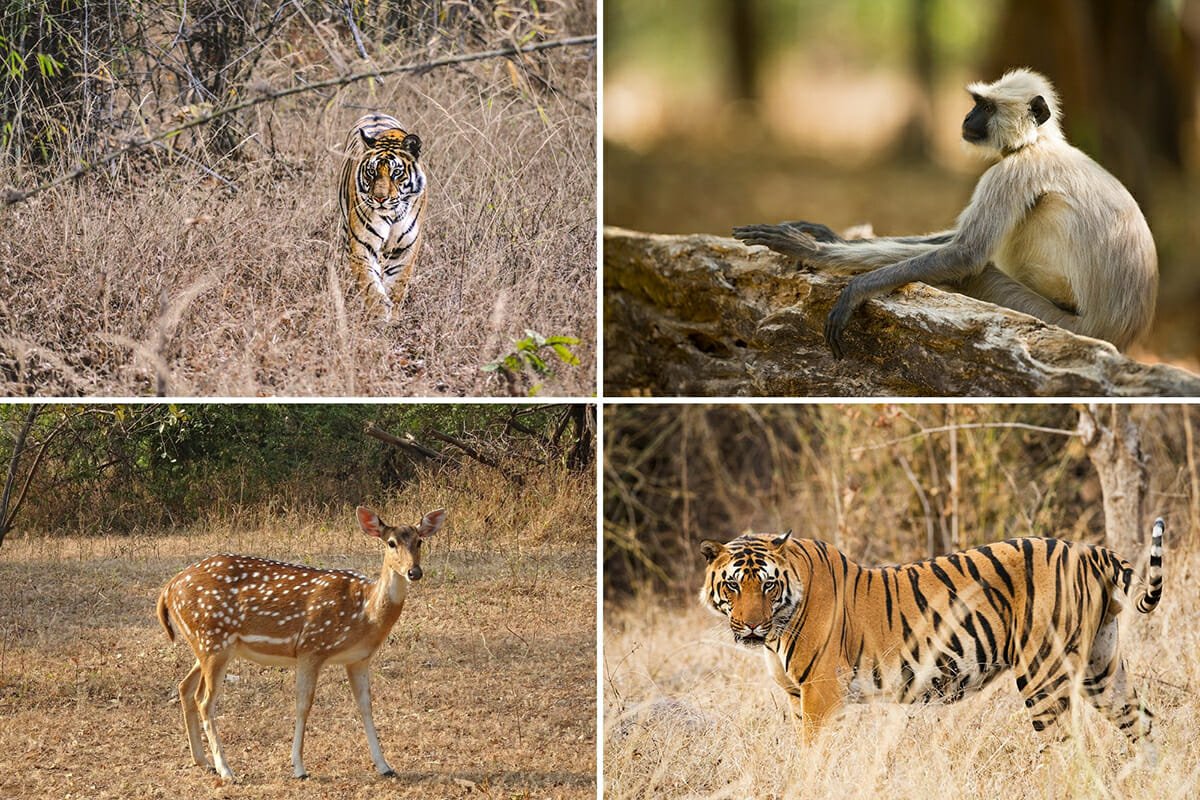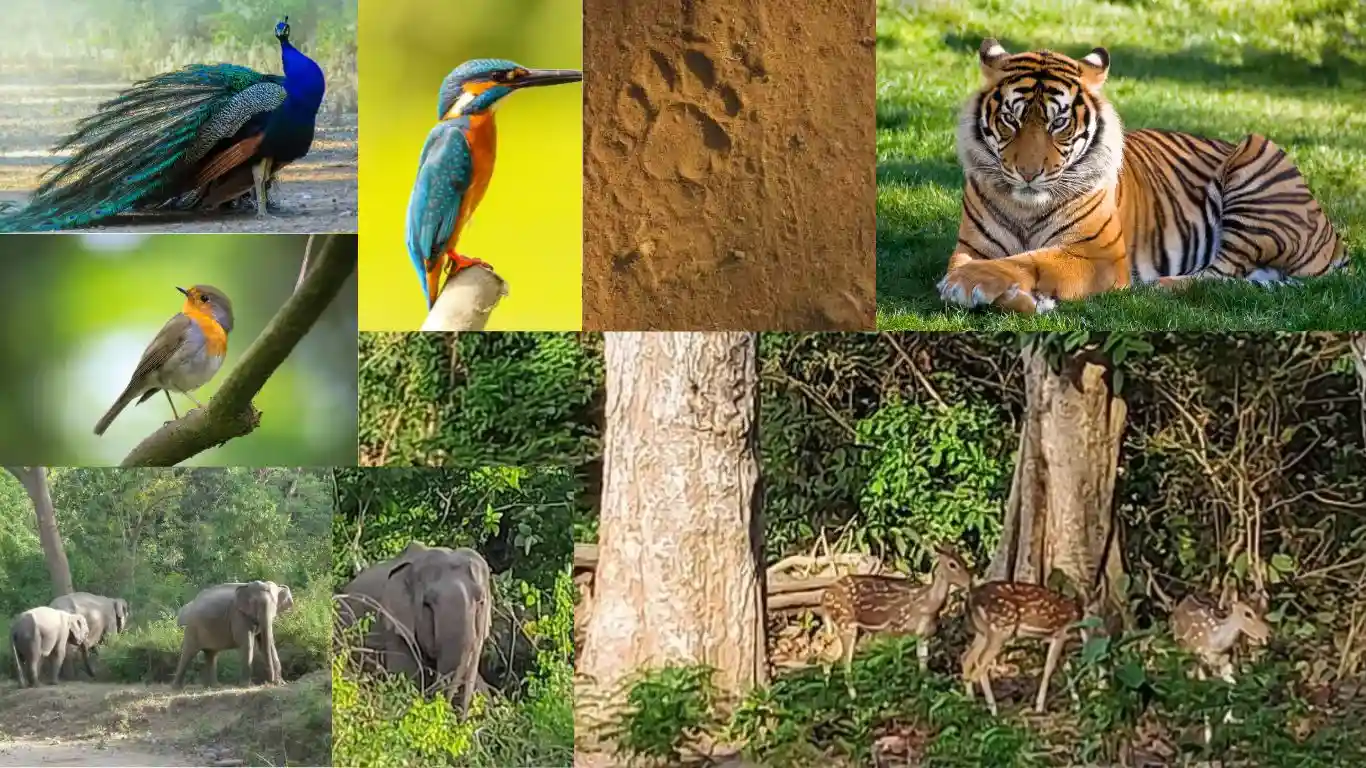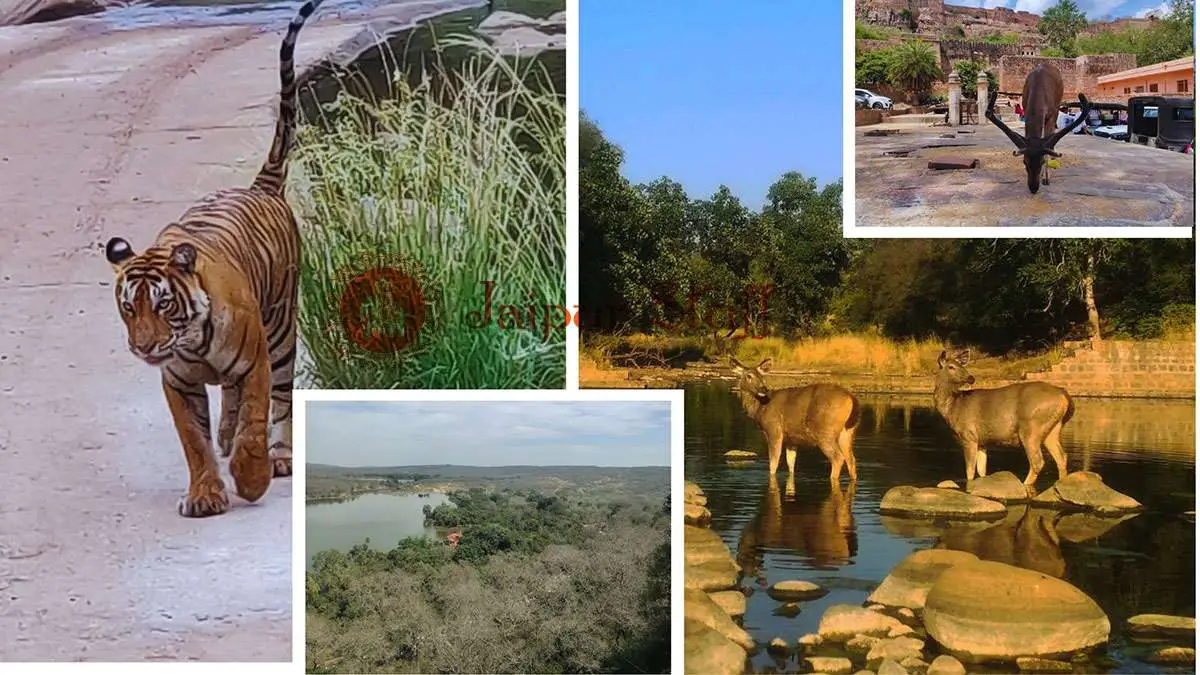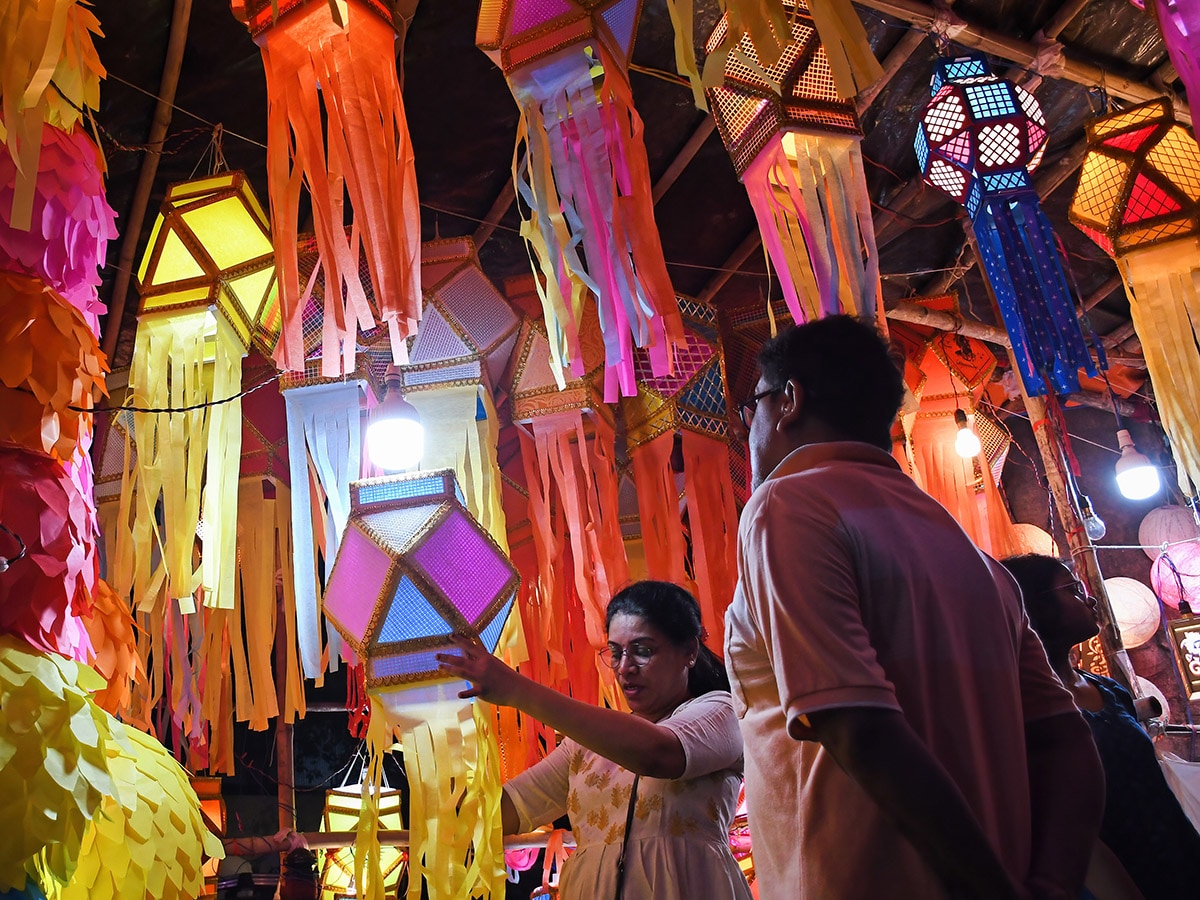Top 10 Incredible Places to see Wildlife in India 2025
 Dec 20, 2024
Dec 20, 2024
India offers some of the finest wildlife safaris in the whole of Asia and is home to a number of rare species including tigers, leopards, one-horned rhinoceroses and elephants. India’s size and geographical diversity means that an incredible range of habitats are found throughout the country’s national parks and protected areas which, in turn, supports an enormous variety of mammal, reptile, amphibious and bird life. From the wilds of the remote north east India and the dusty landscapes of Gujarat to the iconic reserves of central India and the jungles of tropical southern India,
This is our selection of the Top 10 Most Incredible Places to See Wildlife in India:
1. Kaziranga National Park, Assam, a UNESCO World Heritage Site located in India's remote northeast, bordering the mighty Brahmaputra River, this park boasts a diverse ecosystem of grasslands, woodlands, and swamps., is a haven for wildlife safaris enthusiasts, particularly those seeking a glimpse of the elusive one-horned rhinoceros. Besides the iconic rhinos, visitors can spot tigers, leopards, buffaloes, deer, bears, and a plethora of bird species, both resident and migratory. The best time to explore Kaziranga is between November and April, when the weather is pleasant and wildlife sightings are at their peak. The park is easily accessible from Guwahati, which has regular flights from major cities like Kolkata and Delhi.

Browse at Here: Kaziranga National Park
2. Jim Corbett National Park, Uttarakhand, Nestled beside the Ramganga River and framed by the Himalayan foothills, Corbett offers a diverse landscape of grasslands, wetlands, rocky plateaus, and dense forests. Oldest national park in India, Corbett, was established in 1935 and named after the renowned conservationist Jim Corbett. This varied terrain supports a rich array of wildlife, including tigers, leopards, elephants, over 500 bird species, and rare reptiles and amphibians. The park is conveniently located around 300 kilometers northeast of Delhi and can be easily reached by car or train. The best time to visit Corbett National Park is between November and May, when the weather is pleasant and wildlife sightings are optimal.

Browse at Here: Jim Corbett National Park
3. Kanha National Park, Madhya Pradesh, the largest national park in India, is a India safaris lover's paradise, often referred to as the inspiration for Rudyard Kipling's "The Jungle Book." Its diverse landscape, comprising hardwood forests, bamboo thickets, grasslands, and meadows, provides an ideal habitat for a wide range of wildlife. The park is renowned for its majestic Bengal tigers, but it also shelters leopards, gaurs, hyenas, wild boars, sambar deer, and the rare barasingha. Additionally, Kanha boasts over 300 bird species and more than 1,000 flowering plant species. The best time to visit Kanha is between November and March for birdwatching and March to May for tiger sightings. The park is accessible by air via Nagpur or Jabalpur airports or by road from Khajuraho and Bandhavgarh.

Browse at Here: Kanha National Park
4. Bandhavgarh National Park, Madhya Pradesh, nestled in the picturesque Vindhya Ranges, is renowned for its high density of tigers. This captivating reserve, characterized by its sal and mixed forests, meadows, grasslands, and numerous streams and hillocks, offers a diverse habitat for a wide range of wildlife. In addition to tigers, visitors can spot leopards, sloth bears, sambar deer, chital, barking deer, gaur, and nilgai. Bandhavgarh is also a birdwatcher's paradise, with a variety of avian species including hornbills, crested serpents, variable hawk eagles, and parakeets. The park is accessible by road from Kanha and Khajuraho, or by air via Jabalpur. Katni is the nearest railway station. The best time to visit Bandhavgarh is between October and January for birdwatching and January to April for tiger safaris.

Browse at Here: Bandhavgarh National Park
5. Gir National Park, Gujarat, located in the southern region of Gujarat, is a vital sanctuary for the critically endangered Asiatic lion. This unique park, characterized by its dry deciduous forests, scrubland, and grasslands, is the last refuge for these magnificent big cats on the Indian subcontinent. Beyond the iconic lions, Gir also harbors a diverse range of wildlife safaris in India, including leopards, jungle cats, hyenas, jackals, sambar deer, chital, nilgai, wild boars, porcupines, and the distinctive four-horned antelope, the chousingha. The park's numerous rivers and reservoirs attract a rich variety of resident bird species. Gir is best accessed by road from cities like Gondal, Junagadh, Rajkot, or Palitana. Best time to visit Gir National Park: December to April, especially just prior to the monsoon.

Browse at Here: Gir National Park
6. Nagarhole National Park, Karnataka, a vital part of the Nilgiri Biosphere Reserve, is a significant ecological hub in southern India. Connected to the sanctuaries of Bandipur, Mudumalai, and Wayanad, this park, once a royal hunting ground, was established in 1955. Nestled in the Western Ghats foothills, Nagarhole's dense forests and extensive wetlands provide an ideal habitat for a diverse range of wildlife, including tigers, leopards, hyenas, various deer species, elephants, reptiles, and endangered bird species. The park is accessible by road from Mysore, Coorg, Sultan's Battery, and Ooty. The best time to visit is between December and April, with winter being particularly ideal for birdwatching due to the influx of migratory birds.

Browse at Here: Nagarhole National Park
7. Ranthambore National Park, Rajasthan, one of India's most iconic wildlife reserves, is a popular destination for those combining a Golden Triangle tour with a wildlife safari. Despite its proximity to major tourist sites like Agra and Jaipur, Ranthambore plays a crucial role in India's tiger conservation efforts. This beautiful park, with its diverse landscape, is home to a variety of wildlife India safaris, including tigers, leopards, langurs, macaques, sambar deer, chital, sloth bears, wild boars, nilgai, pythons, cobras, and crocodiles. The best time to visit Ranthambore is between November and April, particularly before the monsoon season arrives. The park is easily accessible by road from Agra and Jaipur, or by train to Sawai Madhopur station.

Browse at Here: Ranthambore National Park
8. Nalsarovar Bird Sanctuary, Gujarat, located southwest of Ahmedabad, is a haven for birdwatchers, renowned for its extraordinary diversity of avian life. This wetland sanctuary, established in 1969, attracts thousands of migratory birds during the winter months. Its unique reed beds and marshes provide a perfect habitat for a wide range of waterbirds, including ducks, geese, pelicans, flamingos, storks, herons, and bitterns. Over 250 different bird species have been recorded in this sanctuary. Nalsarovar is easily accessible from Ahmedabad, which is well-connected to Delhi and Mumbai by air and rail. The best time to visit is between November and February when the sanctuary is teeming with migratory birds.

9. Jawai Bera and Sena, Rajasthan, nestled in the Pali district of Rajasthan, offer a unique blend of stunning landscapes, rich wildlife, and cultural experiences. Jawai Bera, in particular, is renowned for its leopard population, providing one of India's most reliable leopard-spotting opportunities. The region's harmonious coexistence between leopards and the local Rabari tribes is a testament to nature's balance. The Rabari people view leopards as protectors of their livestock, leading to minimal conflict and frequent sightings. Beyond leopards, the area is a haven for birdwatchers, with species like flamingos and cranes gracing the Jawai Dam. Nearby Sena offers similar safari holidays in India experiences and a glimpse into traditional Rajasthani village life. Both destinations provide ideal opportunities for leopard, bird watching, cultural tours, and photography, offering a tranquil escape from mainstream tourism.

10.Periyar National Park, Kerala, located in the Western Ghats of Kerala, is a breathtaking sanctuary known for its diverse wildlife and scenic beauty. The park's serene lake, lush evergreen forests, and rolling hills create a picturesque landscape. It's a haven for a variety of animals, including the majestic Indian elephant, the elusive tiger, the nimble leopard, and a diverse range of bird species. One of the unique features of Periyar is the opportunity to spot wildlife from the lake, offering a tranquil and immersive experience. The park's rich biodiversity, coupled with its stunning natural beauty, makes it a must-visit destination for nature enthusiasts.

Browse at Here: Periyar National Park







0 comments on "Top 10 Incredible Places to see Wildlife in India 2025"